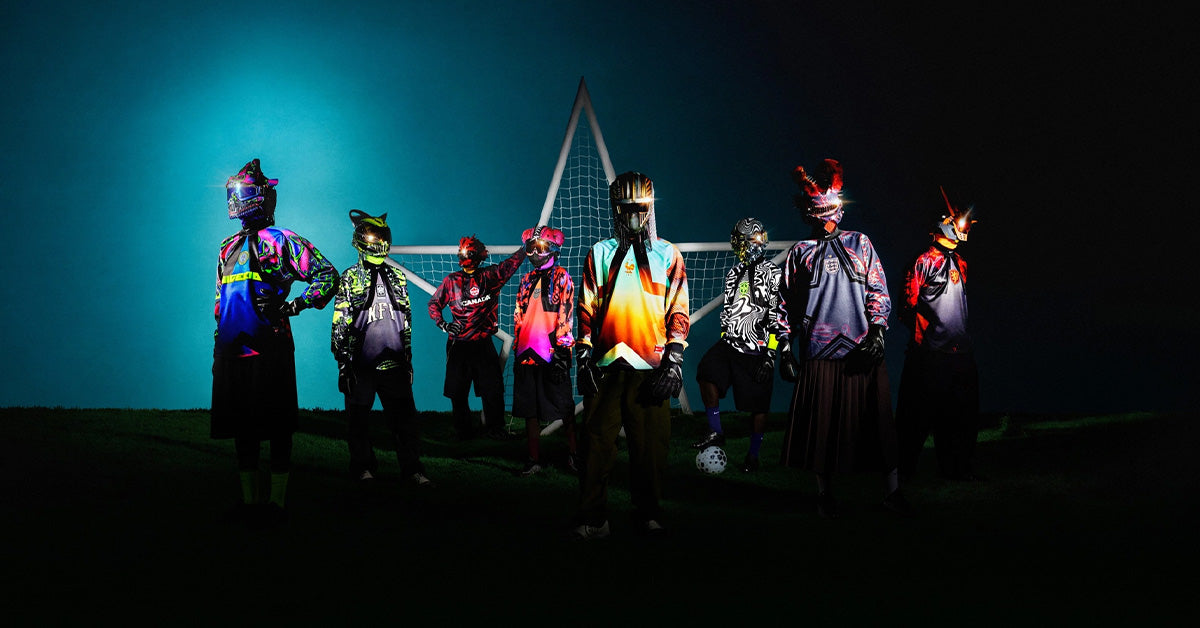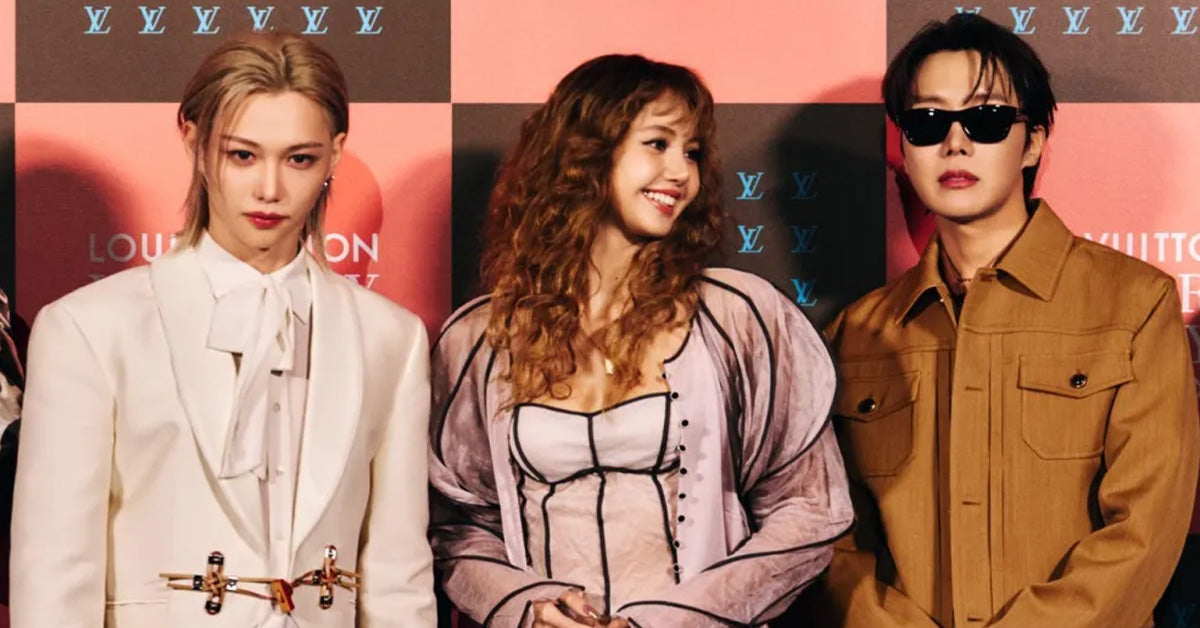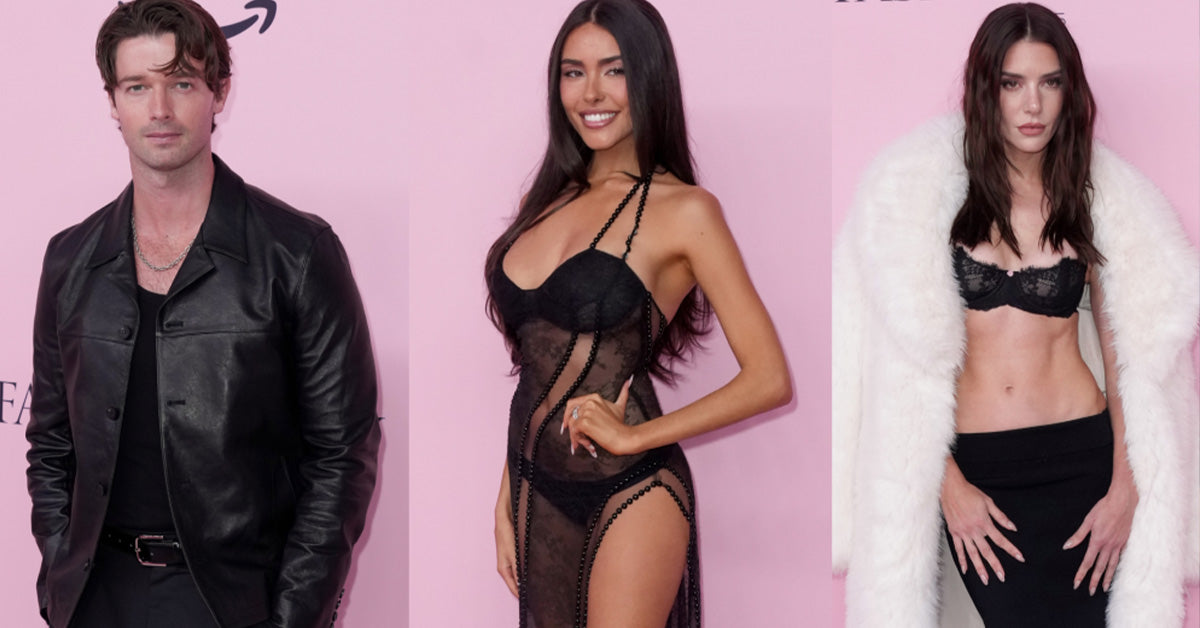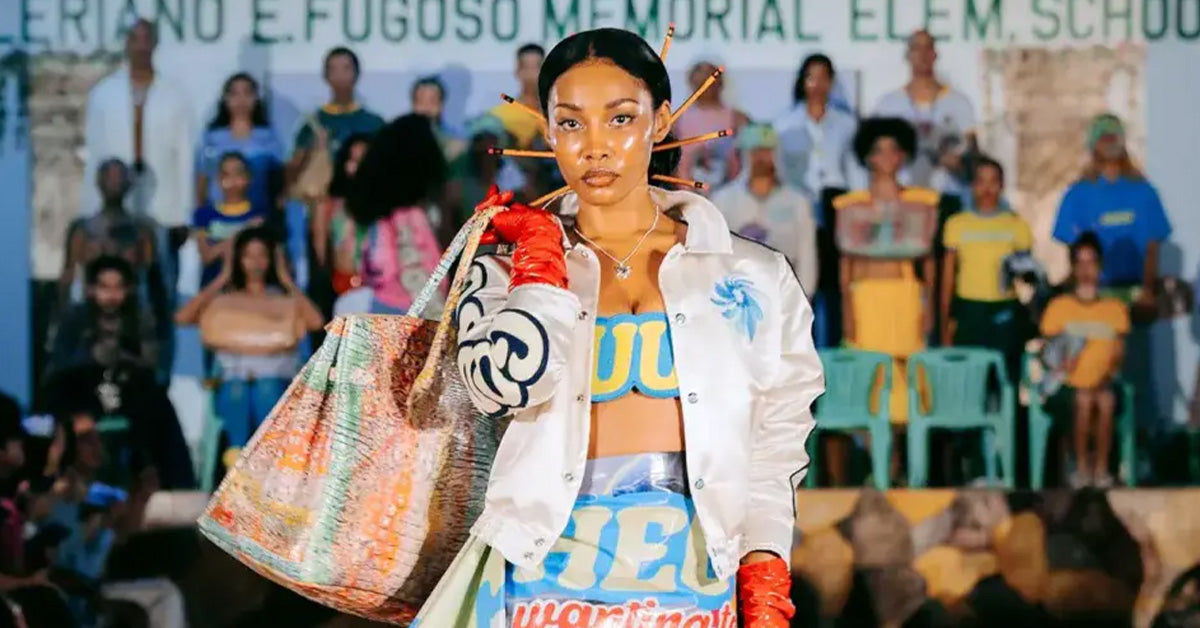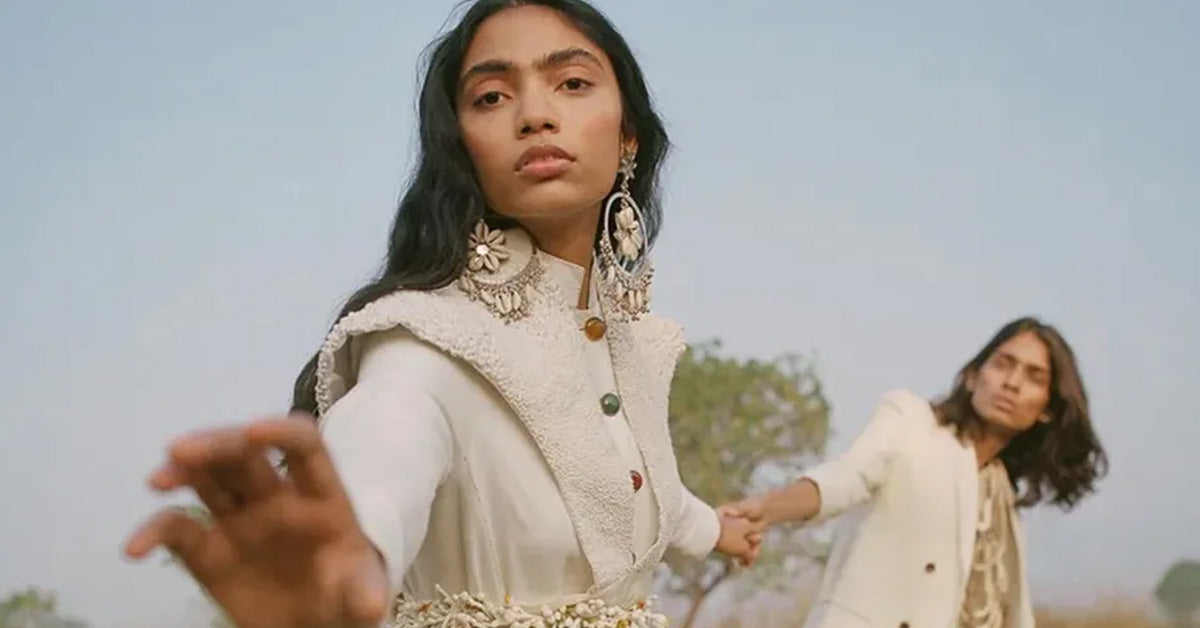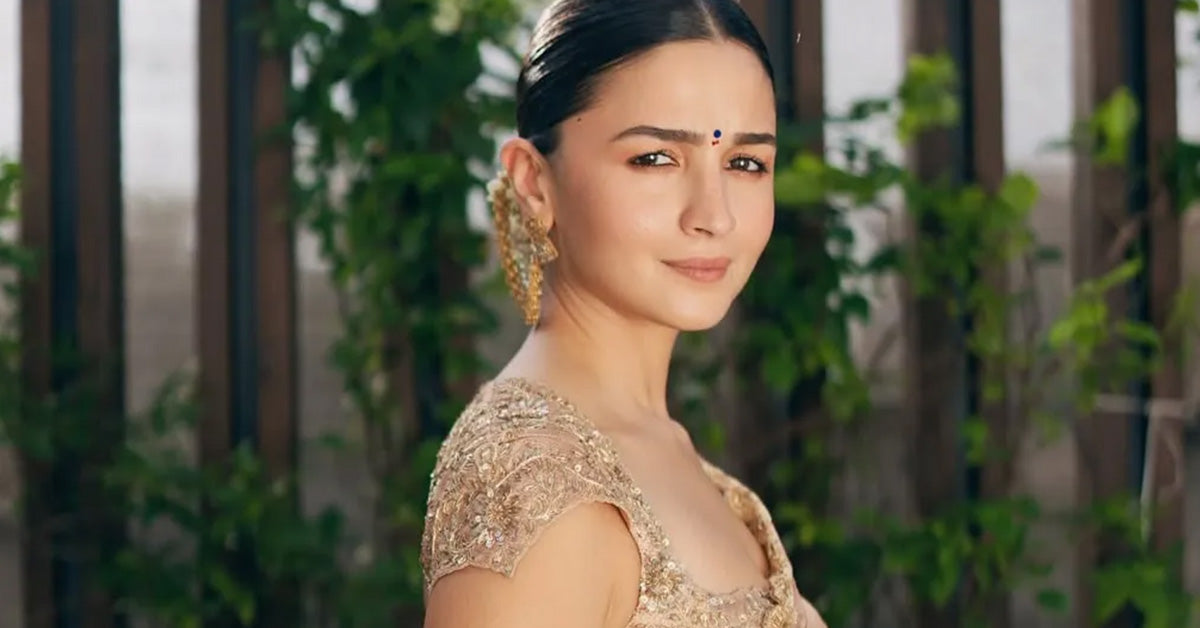The world of fashion is a vibrant tapestry of cultural heritage, evolving trends, and timeless silhouettes. Among the most celebrated and visually stunning traditional ensembles is the Lehenga Choli. Often gracing weddings, festive occasions, and grand celebrations, the Lehenga Choli stands as an enduring symbol of grace, femininity, and artistry within South Asian fashion. But what exactly is a Lehenga Choli? In this in-depth editorial, we unravel the history, significance, design elements, and modern-day appeal of this iconic attire.
Understanding the Lehenga Choli: Breaking Down the Ensemble
The Lehenga Choli is a three-piece traditional outfit originating from the Indian subcontinent. It consists of the following components:
- Lehenga: A long, flowing skirt, often pleated or flared, that sits high on the waist.
- Choli: A fitted blouse or crop top, tailored to complement the lehenga.
- Dupatta: A long scarf or stole, draped gracefully over the shoulders or head.
Each element is meticulously designed and embellished, creating a harmonious blend of color, texture, and tradition. The Lehenga Choli is not just an outfit—it is a canvas for intricate craftsmanship, regional artistry, and personal expression.
The History and Evolution of Lehenga Choli
The roots of the Lehenga Choli trace back to ancient India, particularly during the Mughal era in the 10th to 12th centuries. The Mughal influence brought with it luxurious fabrics, ornate embroidery, and a penchant for grandeur. Over the centuries, the Lehenga Choli evolved from royal court attire to a beloved ensemble for brides and women of all ages, adapting to regional styles and cultural motifs.
Historically, the Lehenga was crafted from rich silks and brocades, heavily adorned with zari work, sequins, and stones. The Choli was often short-sleeved and intricately embroidered, while the Dupatta added an element of modesty and elegance. In modern times, designers have reimagined the Lehenga Choli with contemporary cuts, innovative draping styles, and fusion elements, making it relevant for the global fashion stage.
Regional Variations: A Tapestry of Diversity
One of the most fascinating aspects of the Lehenga Choli is its regional diversity. Different states in India and neighboring countries have distinct takes on this ensemble, each characterized by unique fabrics, embroidery techniques, and silhouettes. Some notable variations include:
- Rajasthani Lehenga Choli: Known for vibrant colors, mirror work, and gota patti embroidery.
- Gujarat’s Ghagra Choli: Features heavy bandhani (tie-dye) prints and bold mirror embellishments, often paired with a backless choli.
- Punjabi Lehenga: Often more voluminous, with phulkari threadwork and bright, contrasting dupattas.
- Bengali Lehenga: Famed for subtle silk fabrics and understated, elegant motifs.
This diversity allows the Lehenga Choli to be both a cultural identifier and a medium for creative innovation in fashion.
Fabrics and Embellishments: The Artistry of Lehenga Choli
The choice of fabric plays a pivotal role in defining the look and feel of a Lehenga Choli. Commonly used fabrics include:
- Silk
- Velvet
- Georgette
- Chiffon
- Net
- Cotton (for casual or summer versions)
Embellishments further enhance the ensemble’s opulence. Popular techniques include:
- Zari: Metallic threadwork, often gold or silver, creating a regal effect.
- Mirror Work: Small reflective pieces sewn into the fabric, popular in western India.
- Sequins and Beads: Add sparkle and dimension.
- Embroidery: Ranges from subtle threadwork to elaborate patterns using resham, aari, or zardozi techniques.
- Appliqué and Patchwork: Adds texture and contrast.
Lehenga Choli in Modern Fashion: Trends and Styling Tips
Today, the Lehenga Choli has transcended its traditional roots to become a favorite among designers and fashion enthusiasts worldwide. It is a must-have for brides, bridesmaids, and anyone attending significant cultural celebrations. Modern trends include:
- Cape-style Dupattas: Replacing the conventional drape with stylish overlays.
- Off-shoulder and Crop-top Cholis: Infusing contemporary flair into classic silhouettes.
- Minimalist Lehengas: Focused on clean lines and understated elegance.
- Mix-and-match: Contrasting cholis and dupattas for a playful, personalized look.
Styling tips for wearing a Lehenga Choli:
- Choose colors and fabrics that complement your skin tone and the occasion.
- Select statement jewelry, such as jhumkas, maang tikka, or a bold necklace, to accentuate your ensemble.
- Experiment with dupatta draping styles to refresh your look.
- Opt for comfortable yet elegant footwear, as lehengas often cover the feet but call for special occasions.
- Don’t shy away from fusion – a denim jacket or contemporary accessories can create a unique East-meets-West vibe.
Cultural Significance and Symbolism
The Lehenga Choli is more than just an outfit—it is a symbol of tradition, celebration, and identity. In Indian weddings, the bridal Lehenga Choli is often considered a cherished heirloom, adorned with auspicious colors like red, maroon, or gold. Each motif, embroidery pattern, and color choice can carry deep cultural and spiritual significance, representing blessings, prosperity, and joy.
Beyond weddings, the Lehenga Choli is worn during festivals like Navratri, Diwali, and Eid, marking moments of togetherness and festivity. It is also a favorite among Bollywood celebrities, influencing global fashion trends and inspiring designers to push creative boundaries.
Why the Lehenga Choli Remains Timeless
The enduring appeal of the Lehenga Choli lies in its ability to blend tradition with innovation. It offers endless possibilities for personalization—be it through fabric, color, silhouette, or styling. Whether you opt for a classic, heavily embroidered bridal lehenga or a minimalist contemporary version, this ensemble encapsulates the essence of celebration and grandeur.
As fashion continues to evolve, the Lehenga Choli stands as a testament to the rich heritage and boundless creativity of South Asian couture—a true masterpiece that will never go out of style.
Frequently Asked Questions (FAQs) about Lehenga Choli
-
1. What occasions are suitable for wearing a Lehenga Choli?
Lehenga Choli is ideal for weddings, engagements, festivals like Navratri and Diwali, and other cultural celebrations. Modern designs also make it a stylish choice for parties and formal events.
-
2. How do I choose the right Lehenga Choli for my body type?
Consider the flare, length, and fabric of the lehenga, as well as the fit of the choli. A-line lehengas suit most body types, while high-waisted skirts elongate the silhouette. Custom tailoring ensures the best fit.
-
3. What is the difference between Lehenga Choli and Saree?
A Lehenga Choli consists of a skirt, blouse, and dupatta, whereas a Saree is a single piece of draped fabric paired with a blouse and petticoat. The draping method and overall look vary significantly between the two.
-
4. Can Lehenga Cholis be worn casually?
Yes, lighter fabrics like cotton and simple designs make Lehenga Cholis perfect for casual gatherings, daytime functions, or summer events.
-
5. How should I care for and store my Lehenga Choli?
Always dry-clean heavily embellished lehengas. Store them in muslin cloths in a cool, dry place to prevent damage to embroidery and fabric. Avoid hanging heavily worked lehengas to retain their shape.

